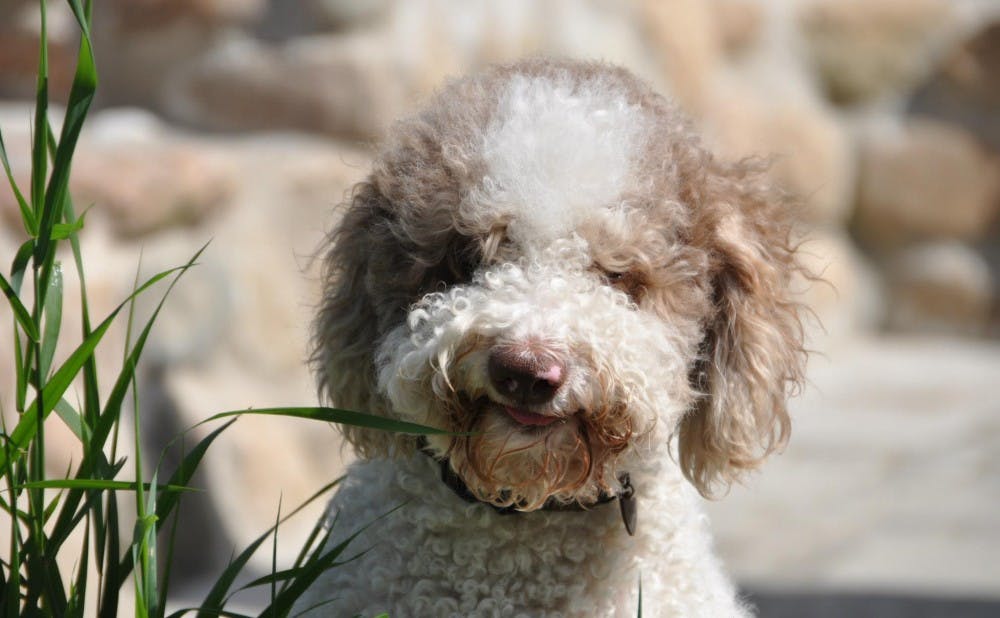Truffle hunting may be as convenient as digging in your backyard—if you live by a pecan orchard.
A group of Duke scholars has worked to raise public awareness of a new edible truffle from the southeastern United States: the pecan truffle. Traditionally, the majority of edible truffles—the reproductive parts of fungi used for cooking—have come from Europe. Matthew Smith, a former Duke postdoctoral research associate, wrote a report about the pecan truffles—which come from the same genus as more commonly known truffles.
“Pecan truffles are a great resource that many people don’t know about,” Smith said.
The truffle is most frequently found in pecan orchards and is produced every month of the year, though it is collected most frequently in the Fall. To find the truffles, researchers use dogs—primarily Lagotto Romagnolos, a type of water retriever.
Although the most commercially prized truffles traditionally come from Europe, Smith considers it a misconception that many people think high-quality truffles only come from Europe.
A specialist in global systematics of truffles and truffle-like fungi, Smith noted that local pecan truffles "could really change people's culinary habits."
Although originally discovered as a species over 100 years ago, there is still much to be learned about pecan truffles—including their distribution and optimal conditions for fruiting, both of which Smith studies.
"But the abundance of pecan truffles really differs from site to site, it is very likely for someone to walk into a big pecan orchard and find some truffles," Smith said.
But due to the lack of public awareness, many pecan orchard owners let truffles rot in the field without finding them, Smith noted.
As part of his research, Smith collaborated with truffle-hunting dog trainers to study the distribution of pecan truffles. Although pigs were traditionally used to hunt truffles, dogs have become a more popular option, said Alana McGee, a professional dog trainer in Seattle, WA. who works with truffle-hunting dogs and studies truffle distribution.
“Compared to pigs, the dogs are a lot easier to manage,” McGee said. “Pigs are extremely destructive, because they always eat the truffles they find and it’s hard to prevent them from doing so due to their weight.”
Pecan truffles have also been used to help educate the public about fungal biology. Jessie Uehling, a second year graduate student in the University Program in Genetics and Genomics, helped to create an educational video about pecan truffles featuring Smith and truffle-hunting dogs.
In addition to their importance to the fungal world, pecan truffles have potential for commercial value, Smith said. Edible truffles often sell for more than $20 per ounce. But Smith added that for him, the appeal of pecan truffles stems from their scientific value rather than the monetary possibilities.
Get The Chronicle straight to your inbox
Signup for our weekly newsletter. Cancel at any time.

